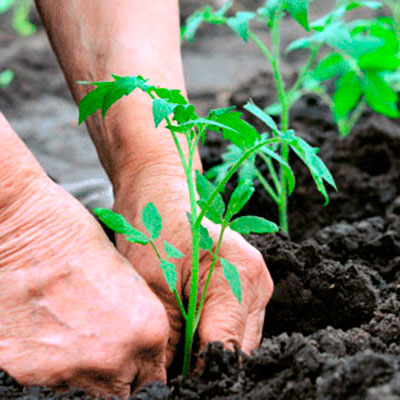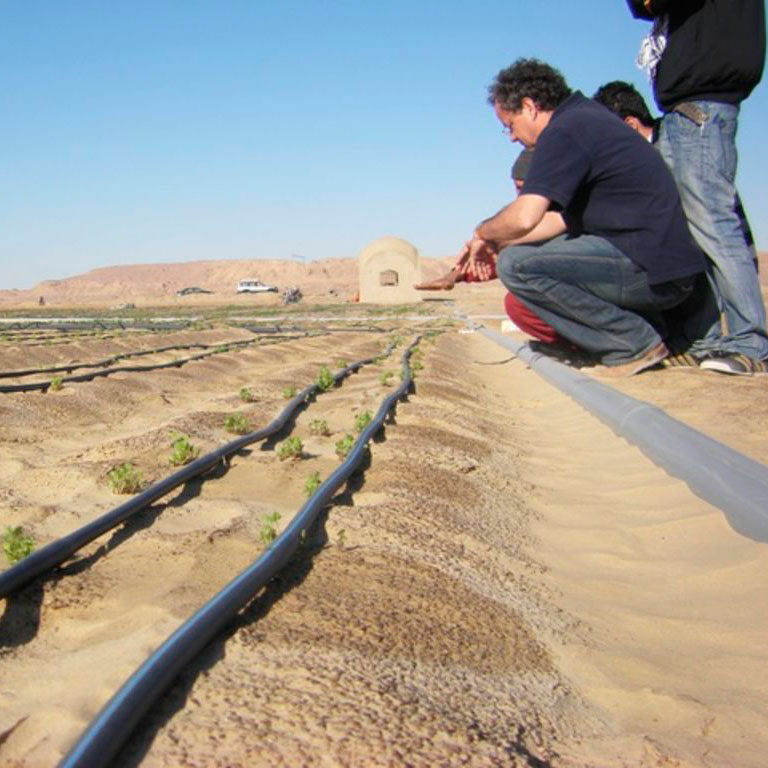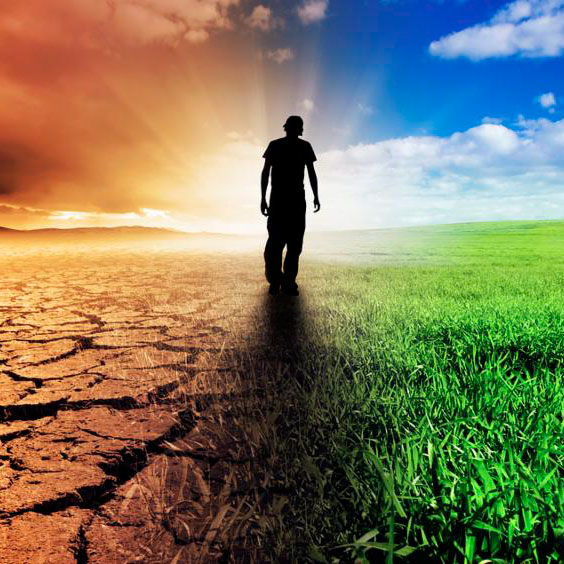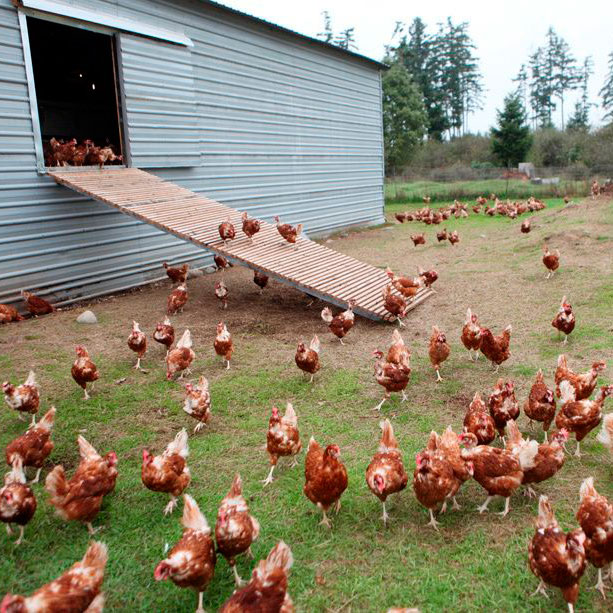Check organic cleaning steps proposed by house cleaning Scottsdale experts:
Ventilate your kitchen if you work with the self-clean setting on your own oven.
When cleaning your oven yourself make sure to placed on some rubber gloves and follow the instructions on your own product.
Never use abrasive cleaning products to completely clean a continuous-cleaning oven.
Ovens can simply accumulate grime from oil and food residue left out by the cooking process. Food that falls from your own oven tray could char and result in unpleasant burning odours. Cleaning your oven regularly is vital in making certain your oven remains safe to utilize. This short article will explain three ways of keep your oven clean, fresh, and prepared to heat up tonight’s dinner!
Forms of Ovens
Ways of oven cleaning be determined by the kind of oven you have in your house. Most ovens match three broad categories:
Self-cleaning ovens. They are usually modern and high-tech. They will have a setting that turns leftover food to ash.
Non self-cleaning ovens. They are the most typical kind of oven, plus they usually need you to roll-up your sleeves and scrub away food and grime.
Continuous cleaning ovens. These ovens have a particular internal lining that prevents the build-up of grime.
Once you’ve determined which kind of oven you have, it is possible to set about setting it up clean.
Self-Cleaning Ovens
Many modern ovens have a self-clean setting. A self-cleaning oven heats the oven to an exceptionally temperature - around 900 degrees Fahrenheit (over 480 degrees Celsius). This cleans the oven by turning glued-on food residue into ash. While self-cleaning ovens do the majority of the do the job, there are specific steps that you need to follow to make sure it really is safe.
First open the windows in your kitchen, and set the oven to self-clean at the same time when others are unlikely to utilize the kitchen.
Next, remove any pots or oven racks from the oven. Wash these yourself in the sink with just a little washing up liquid.
Start the self-cleaning mode, that may usually take a long time. Your oven ought to be locked during self-clean. If your oven will not lock automatically, make sure to leave an email or tell everyone inside your home that the oven is on self-clean.
Permit the oven to cool for a number of hours following the self-cleaning is complete.
After the self-clean is complete and the oven has cooled, brush all the ash right into a rubbish bag and clean the oven door and lining of any lingering ash.
Non Self-Cleaning Ovens
There are many steps to cleaning a non self-clean oven:
First take away the oven racks and soak them in the sink.
Then ready your oven cleaning solution. Buy an oven cleaning spray at the store, or prepare among your personal by combining baking soda with water.
Spray the inside of the oven thoroughly, preventing the fan - when there is one - and the heating elements. Follow the directions on your own product’s label carefully and abide by the recommended safety precautions.
Permit the solution to focus on your oven for quarter-hour or even more, as this will loosen any charred items of food.
Scrub and scrape the within of one's oven to eliminate grime.
Rinse and reapply your oven cleaner if necessary.
Be sure you rinse your sponge regularly so you usually do not simply spread around grimy residue.
Thoughts is broken finished, have a clean rag, dip it in water and review the inside of one's oven once again to eliminate any leftover soot.
Continuous-Cleaning Ovens
Continuous cleaning ovens will vary from both regular ovens and self-cleaning ovens because of their specially lined interiors. Continuous cleaning ovens have a porcelain interior that burns any food, grime, and residue. While this leaves your oven clean usually, food can still become mounted on the oven walls, particularly if a dish has popped and sizzled through the cooking process.
To completely clean these continuous-cleaning ovens, work with a mixture of tepid to warm water and baking soda to gently clean the inside. Never use abrasive chemicals on these ovens because they may damage the porcelain lining.
Organic Farming Good Food For All

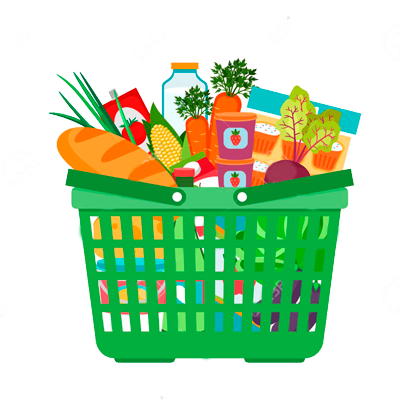

Organic farming is another agricultural system that originated early in the 20th century in response to quickly changing farming techniques. Organic farming has been developed by several organic farming associations now. It depends on fertilizers of natural source like compost manure, green manure, and bone meal and puts emphasis on techniques like crop rotation and companion planting. Biological pest management, mixed cropping as well as the boosting of insect predators are all encouraged. Generally, organic standards are made to permit the utilization of naturally occurring compounds while banning or limiting synthetic materials. For example, naturally occurring pesticides like pyrethrin and rotenone are allowed, while artificial pesticides and fertilizers are usually prohibited. Synthetic substances which are permitted include, as an instance, aluminum sulfate, elemental sulfur and Ivermectin. Reasons for advocation of organic farming include benefits in sustainability, openness, self-sufficiency, autonomy/independence, wellness, food safety, and food security.
Kitchn | Inspiring cooks, nourishing homes
Inspiring cooks, nourishing homes-
Why You Should Keep a Spatula in Your Bedroom (It’s Brilliant!)
I can’t believe I never thought of this!...
-
I Asked 2 Designers What Is the Worst Color to Paint a Living Room, and They Both Said the Same Thing
Consider yourself warned....
-
The “So Versatile” Appliance That’s Replacing My Oven and Air Fryer This Summer (I Get Why It Keeps Selling Out!)
It comes in three gorgeous colors....
-
I’m Buying These Starbucks Limited-Edition Cups in Every Color for Summer
They’re so fun!...
-
Williams Sonoma’s Clearance Sale Includes Baking Essentials for Just $10
Save up to 75% on cookware, bakeware, and...


